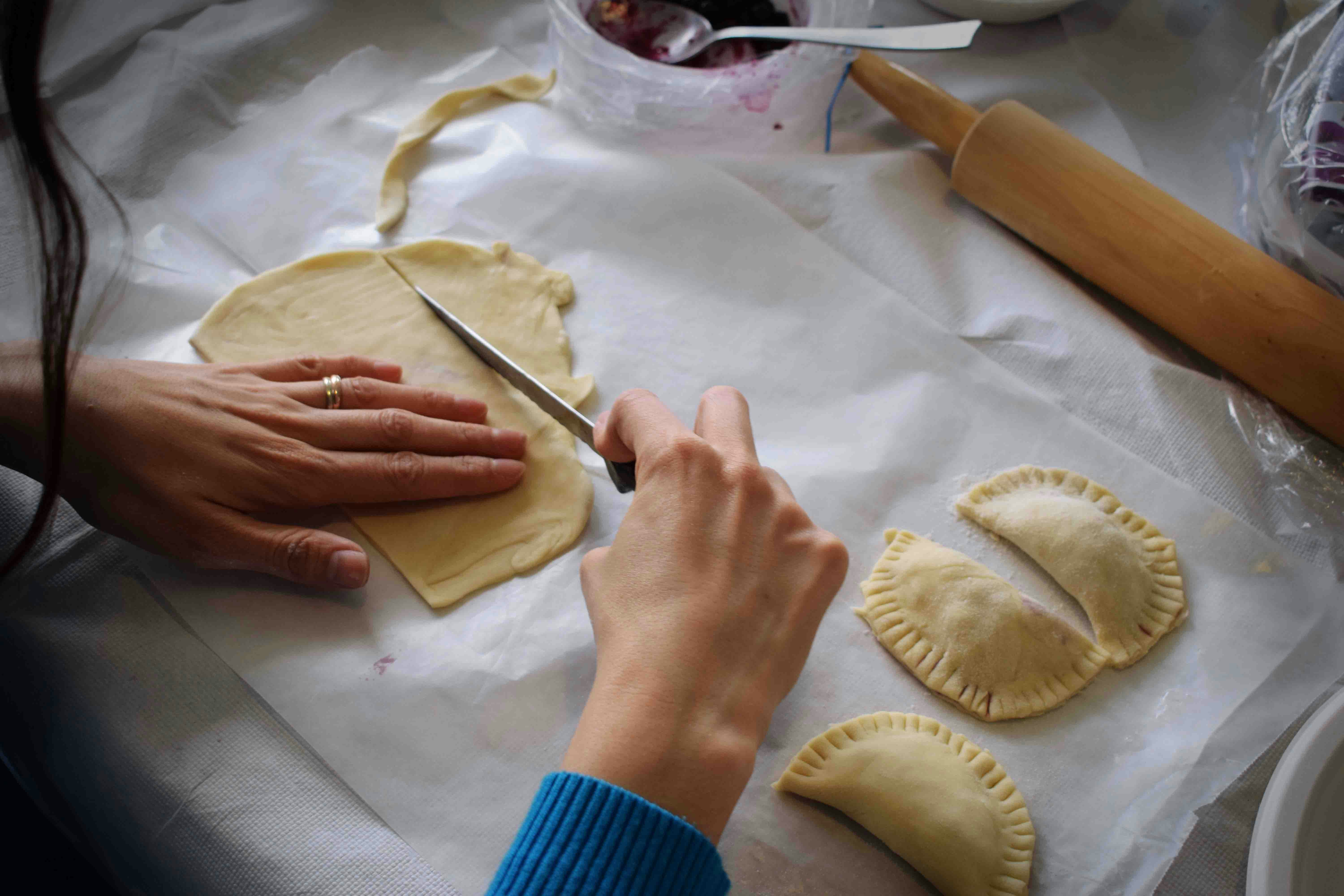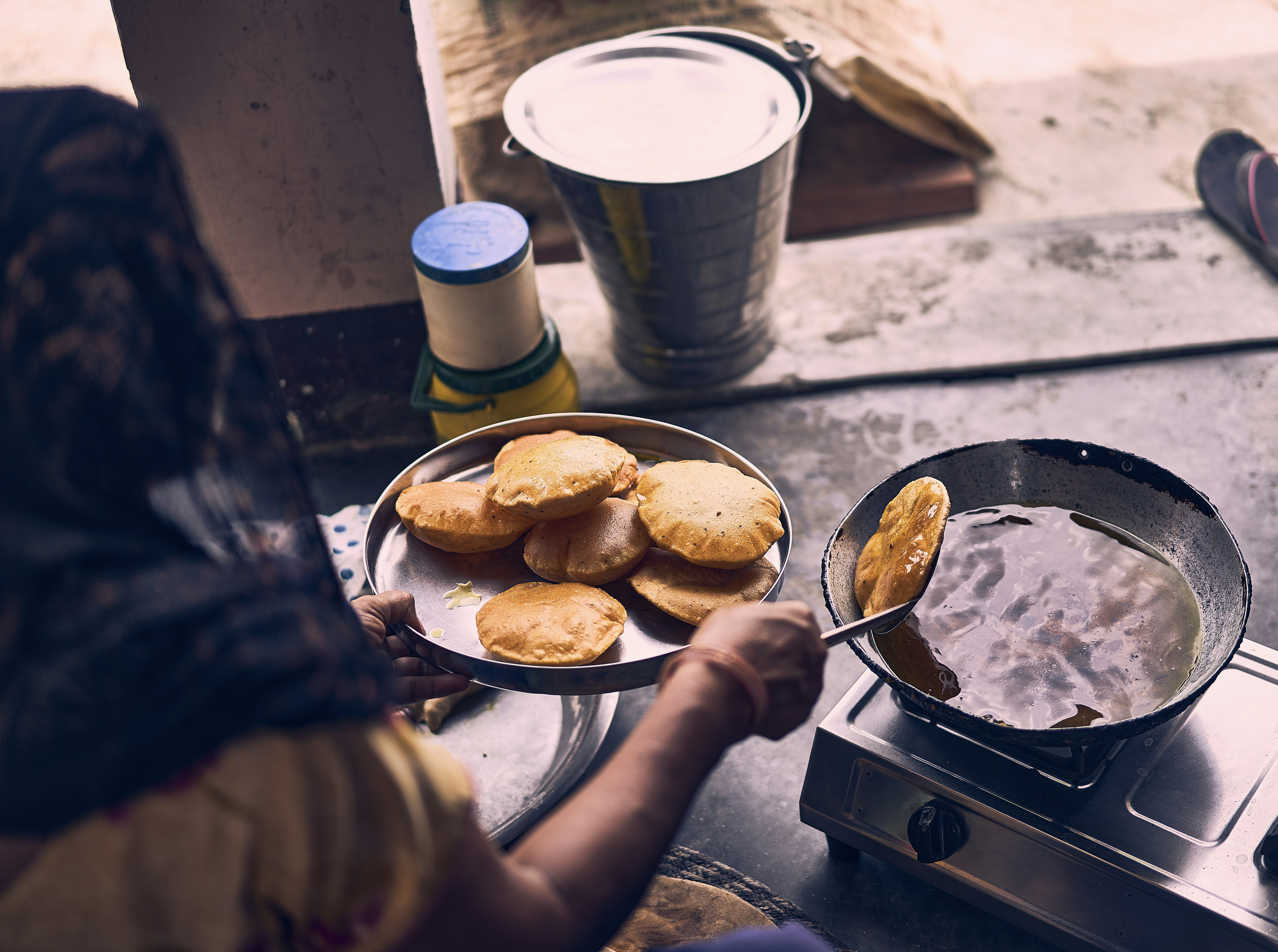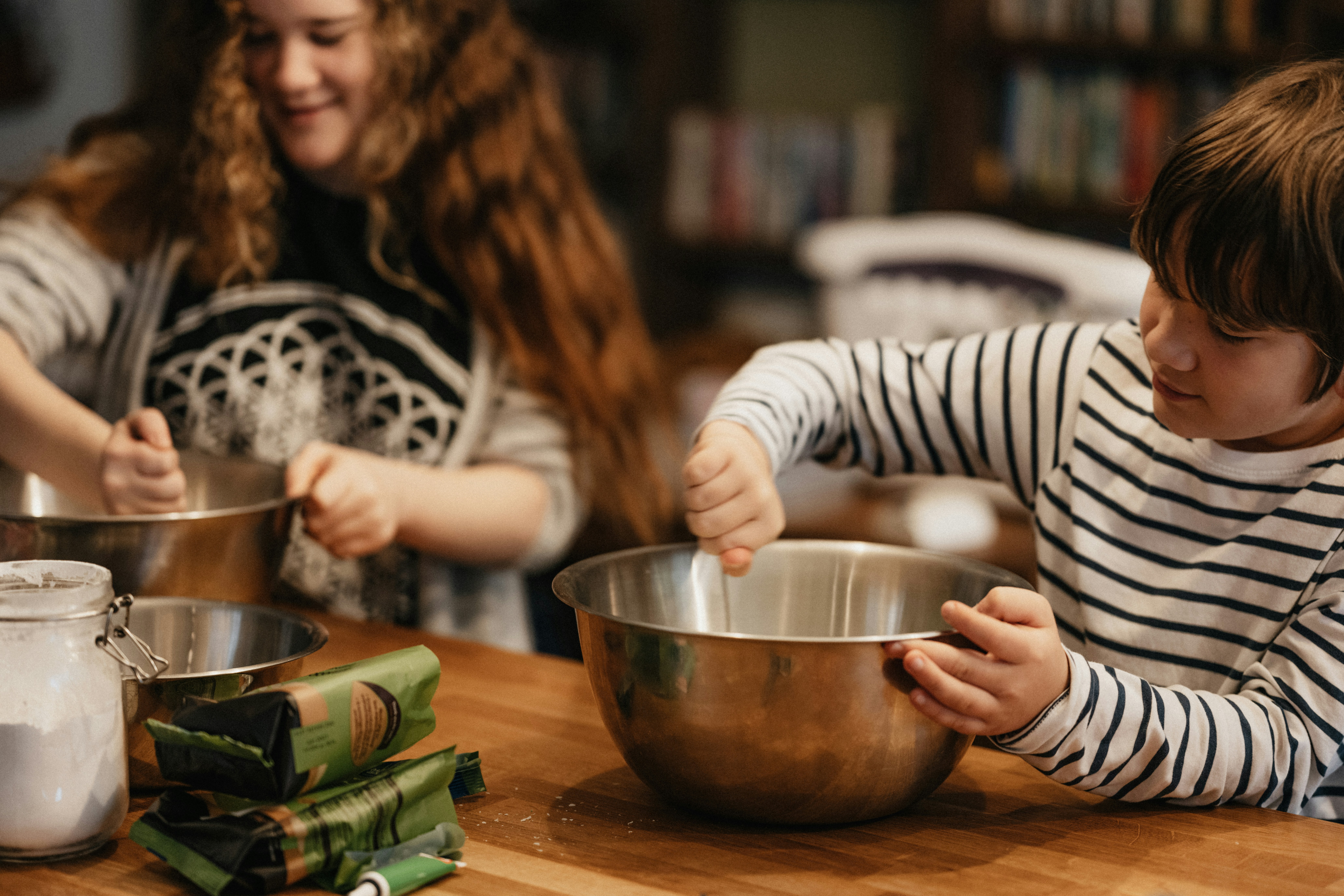Have you ever wondered how the way you cook your food might impact its nutritional value, particularly when it comes to oxalate levels? Let’s embark on a journey to uncover the mystery behind cooking methods and their effect on oxalate levels in your meals.
Understanding Oxalates
To dive into this topic, first, you need to know what oxalates are. Oxalates, or oxalic acid, are naturally occurring compounds found in many plants. They can bind to minerals, forming compounds like calcium oxalate and iron oxalate, which can affect nutrient absorption in your body. In simple terms, oxalates can latch onto calcium and iron, potentially reducing their availability in your digestive system.
While most people metabolize oxalates without any issues, high levels can contribute to health problems like kidney stones and other mineral absorption issues, especially if you’re prone to such conditions. It’s important to understand how your dietary choices, particularly cooking methods, can influence the oxalate content of your food.
Oxalates in Common Foods
Oxalates are present in a variety of foods. Leafy greens like spinach, beet greens, and Swiss chard are notorious for their high oxalate content. Other foods like nuts, seeds, grains, legumes, and certain fruits also contain measurable amounts. A closer look reveals that a category of your favorite foods might be rich in oxalates, but don’t worry; knowing how to manage their levels through cooking can be a game changer.
Here’s a brief list of foods known for their oxalate content:
| Food | Oxalate Level (mg/100g) |
|---|---|
| Spinach | 750 |
| Beets | 610 |
| Almonds | 469 |
| Rhubarb | 401 |
| Sweet Potatoes | 141 |
Understanding which foods have higher oxalate levels can help you make informed choices about your diet.
The Science of Cooking and Oxalates
When you cook, you alter the chemical structure of food, which can have various effects, including on oxalate levels. Cooking methods can either increase or decrease these levels, impacting how oxalates interact with the nutrients your body needs. This is why knowing different cooking methods and their specific effects on oxalates is essential for your dietary health.
Boiling
Boiling is a cooking method that involves immersing food items in water at high temperatures. It’s known to significantly reduce oxalate levels in food. This reduction occurs because oxalates are water-soluble, meaning they dissolve in water. When you boil foods, especially vegetables, oxalates leach out into the boiling water, leaving the food with a lower oxalate content.
For instance, boiling spinach can reduce its oxalate content by up to 87%. However, you must discard the water used for boiling to fully benefit from this method, as it will contain most of the dissolved oxalates.
Steaming
Steaming is a gentle cooking method that can preserve the nutritional content of vegetables better than boiling. However, it’s not as effective as boiling when it comes to reducing oxalate levels. Steaming doesn’t involve immersing food in water, which means fewer oxalates are leached out during the process.
Spinach and other greens, when steamed, retain a higher percentage of their oxalate content compared to being boiled, but they still undergo a reduction, though significantly less.
Sautéing
When you sauté, you cook food quickly in a small amount of fat. This method is great for preserving flavor and texture but not particularly effective for reducing oxalate levels. Since oxalates are not fat-soluble, they remain in the food.
Sautéing does not introduce moisture like boiling or steaming, so the majority of oxalates stay intact. While this makes sautéed vegetables delicious, it doesn’t do much to lower oxalate levels.
Baking
Baking involves cooking food with dry heat in an oven. Similar to sautéing, baking doesn’t significantly reduce oxalate levels. The dry heat doesn’t encourage oxalates to leach out because there’s no medium (like water) to dissolve them away.
Baked dishes, especially those involving high-oxalate ingredients like potatoes, retain their oxalate content, much like when they are sautéed. If reducing oxalate levels is your goal, other methods might be more effective.
Microwaving
Microwaving cooks food using electromagnetic waves that cause water molecules in the food to vibrate, producing heat. This method can lead to some reduction in oxalate levels, though not as pronounced as boiling.
Microwaving can be a quick option with minimal impact on texture, but its effect on oxalate levels is moderate. It can be used effectively in combination with other methods to manage oxalate intake.
How Cooking Times and Temperatures Impact Oxalate Levels
Aside from the cooking method, the duration and temperature at which you cook your food play crucial roles in determining how much oxalate content is reduced. Long cooking times and higher temperatures generally increase the reduction of oxalates because they provide more opportunity for oxalates to break down or leach out of the food.
For example, boiling vegetables for a longer time allows more oxalates to move into the water, further lowering their levels in the food itself. However, it’s a balancing act because extended cooking can also cause nutrient loss for other essential vitamins and minerals. It’s all about finding the sweet spot where oxalate reduction is maximized while retaining nutritional value.
Nutritional Trade-offs
While the primary goal is to reduce oxalate levels, it’s important to consider the nutritional trade-offs. Cooking methods that significantly reduce oxalates may also lead to the loss of water-soluble vitamins such as vitamin C and some B vitamins.
Balancing Nutrition
To maintain a balanced diet, consider diversifying your cooking methods to maximize nutrient retention while managing oxalate levels. For example, you might boil oxalate-rich foods occasionally to reduce their oxalate content, while opting to eat other low-oxalate vegetables raw or lightly cooked to maximize their nutritive benefits.
Mixing and matching these methods allows you to enjoy a variety of foods in your diet, benefiting from the full spectrum of nutrients they offer without excessive oxalate exposure.
Individual Dietary Needs and Oxalate Sensitivity
While this discussion offers a general guide, individual dietary needs can vary greatly, especially if you have certain medical conditions. Some people might need to be more vigilant about their oxalate intake, such as those prone to kidney stones or with conditions requiring them to monitor specific nutrient interactions.
Consulting with Health Professionals
If you’re concerned about oxalates and your health, the best step is to talk with healthcare providers or nutritionists. They can help tailor a diet that meets your personal needs and health goals, taking into consideration your risk factors and lifestyle.

Conclusion
Understanding how cooking methods affect oxalate levels empowers you to make informed choices in the kitchen. Whether you’re boiling, steaming, or using another method, knowing the impact on oxalates can help you tailor your diet to suit your health needs.
Balance and variety are the keys to a nutritious and enjoyable diet. With this knowledge, you can confidently navigate the world of cooking, taking control of your oxalate intake while savoring every bite.




